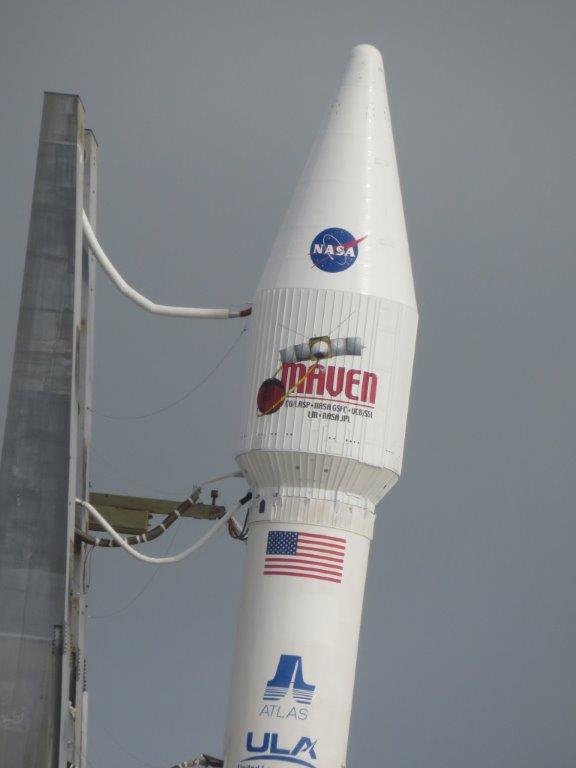Looking Ahead to 2026
/With 2025 winding down, I am thinking about what will stay the same…what will be different in 2026.
On the ‘different’ list are:
Ramping up activity with Beyond Plastics Ozarks
Organizing Winter Wellness field trips in January and February for the chapter of Missouri Master Naturalistis in Springfield and making sure training/field trips that are offered by other organizations but relevant to the membership are communicated throughout the year
Reducing plastics in my life/home
Planting a front yard native plant garden in the spring and maintaining/adding to it during its first year
Remembering to use violets from my yard as greens in season (rather than buying greens)
On the ‘same’ list are:
Traveling to Lewisville every month to see my Dad
Arranging programs for the chapter of Missouri Master Naturalists in Springfield
Staffing shifts at the Roston Butterfly House
Sorting donated used books at my county library and setting up for books sales
Posting daily to my blog
Browsing/reading at least 4 books per day
Walking on the treadmill if I am not otherwise active each day
And there are bound to be things that will occur and force me to change that I am not anticipating!






































